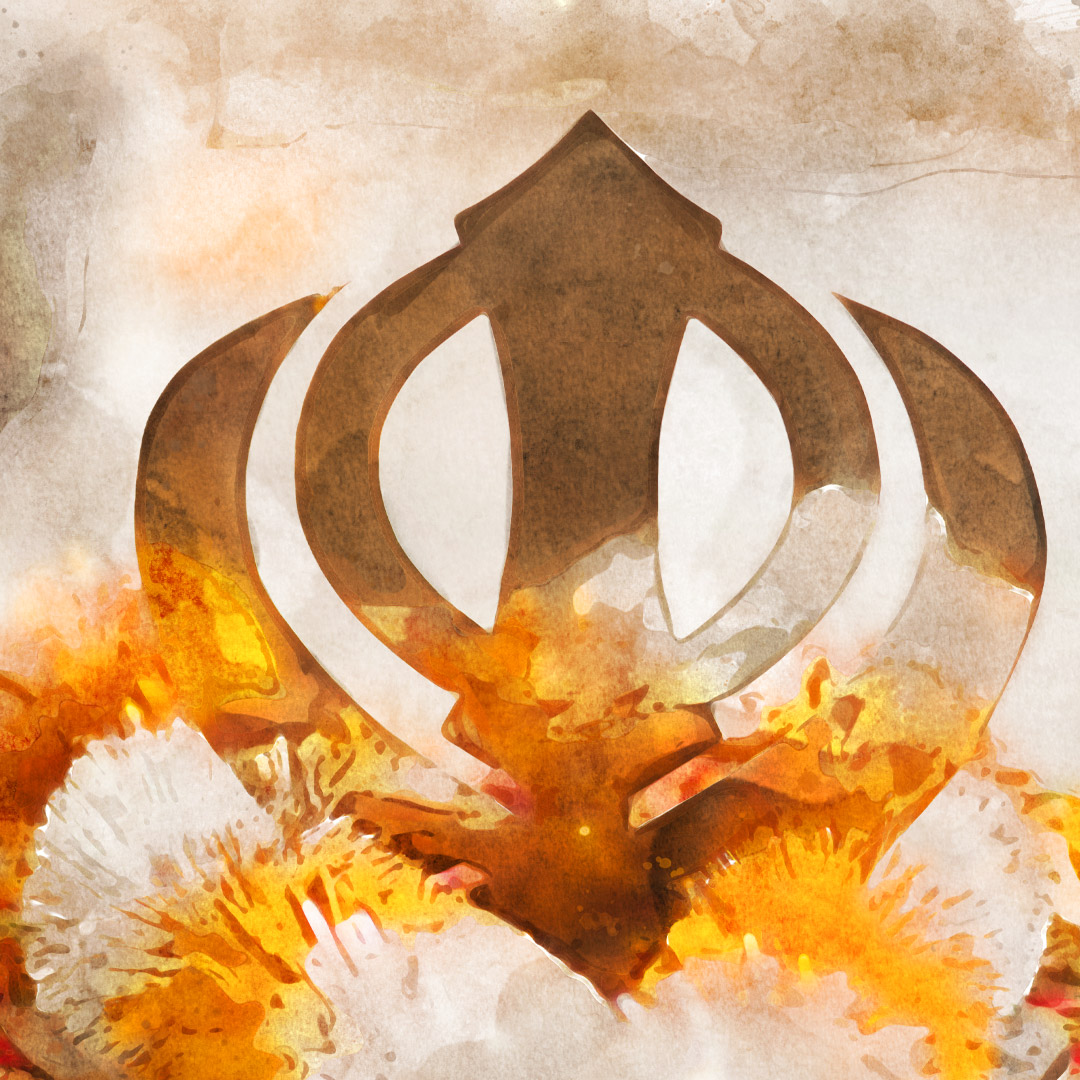Chant in Buddhism | English transliteration | Meaning | Benefits | History
A Buddhist chant originated by Tendai monks, Namu Myoho Renge Kyo is said to give clarity and peace of mind.
Chant in Nichiren Buddhism
南無妙法蓮華經
Chant in English transliteration
Namu Myoho Renge Kyo
Meaning of the chant
Devotion to the Mystic Law of the Lotus Sutra, or
Glory to the Dharma of the Lotus Sutra
Benefits of the chant
It is believed that chanting this mantra even once contains limitless benefits; however, this chant requires appreciation when chanting it. When people start, they can sometimes find themselves in the right place at the right time; they are able to think more clearly, are less angry at things around them, and feel more at peace with themselves. Practicing this Buddhist mantra and going about our daily lives is not separate; they go hand in hand, and you may be able to see results almost immediately.
History of the chant
The mantra was originated by the Tendai monks, Saicho and Genshin, and the Buddhist priest Nichiren is the greatest proponent of this chant. It pays homage to the Lotus Sutra, which is the king of scriptures in Buddhism. Saicho was the one who popularized this mantra in honor of the Lotus Sutra. Genshin popularized this mantra to honor three jewels of Japanese Buddhism. Modern day popularity comes from Nicherin Buddhists spreading this chant far and wide.
Important information about the chant
Nichiren Buddhist priests do not specify the amount of times this chant is to be said; all they ask for is that the person chanting be aware of its power. They have to have faith in the mantra and cannot be anxious or nervous about how many times it is chanted. So, make time every day to chant it at least once. Practicing the recitation this chant to honor the Lotus Sutra is like a workout for the soul.






